These are best of the best Architects in the world.
They say that architecture is a field separate from engineering, as that study focuses more on aesthetic design more than function. Architecture, in essence, is more of an art and less of a science, which is why they say that it is not in the same level with engineering.
That’s true, but the value of architecture doesn’t have to be lowered down. What they don’t realize is that architecture has shaped the landscape of cities and countries, has provided an emotional impact and change of perspective on people even without the keen appreciation of visual art. Architecture exists because it creates meaningful experiences, through comforting, elevating, and delighting people in the thoughtful creation of space, surface and detail. And the works of architects are only possible once they integrate with engineering, because they cannot stand alone.
There are great artists and architects who have proved to be the key masters of redesigning the future through their works. These people, listed below, had the spirit and devotion to change the world through their prolific perspectives:
Oscar Niemeyer

Known for his free-flowing forms, Brazilian Architect Oscar Niemeyer had his first major project in 1941, planning buildings for the Pampulha Architectural Complex. He also worked on projects like the United Nations building and the Contemporary Art Museum in Niteroi. He also started with designing the first state-sponsored skyscraper in the world, for the Brazilian government.
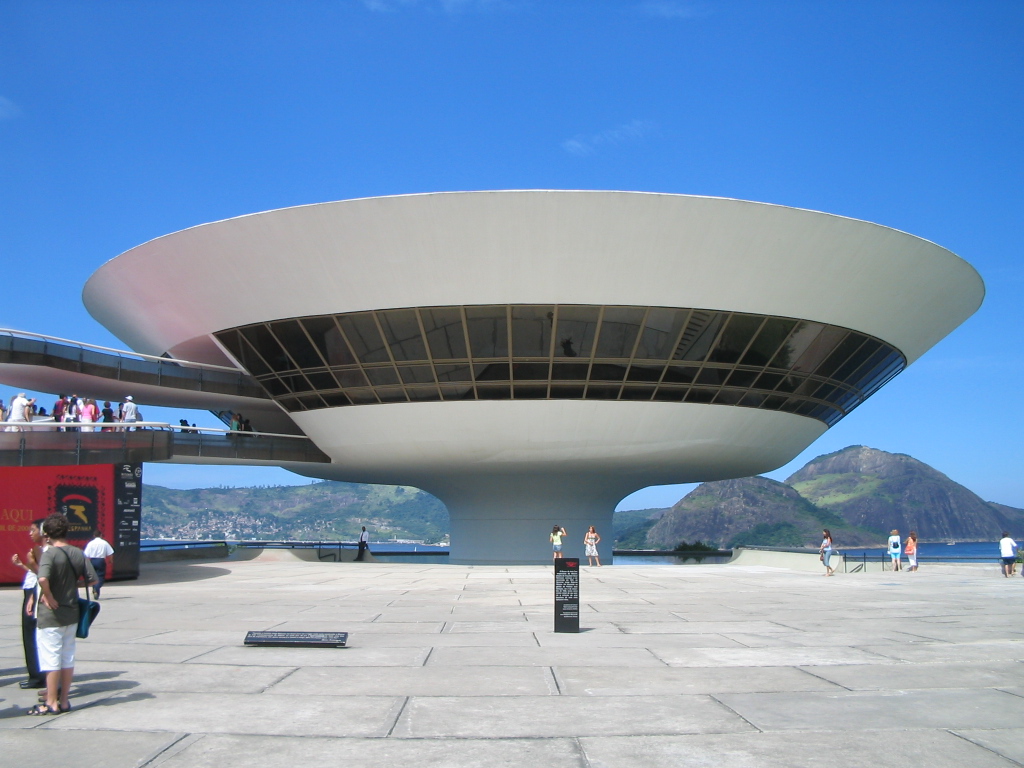
Antoni Gaudí

Antoni Plàcid Guillem Gaudí i Cornet was a Spanish architect based in Barcelona, with works greatly influence by nature. He had unique design that went beyond the limitation of Modernism. One of the structures that he designed, as a devout Catholic, was the Sagrada Familia. His masterpiece revolves around three styles: Spanish Late Gothic, Baroque and Art Nouveau. Other brilliant works of Gaudi include Park Guel, Casa Cavalet, Casa Vicens, Casa Batlló and Casa Millà.

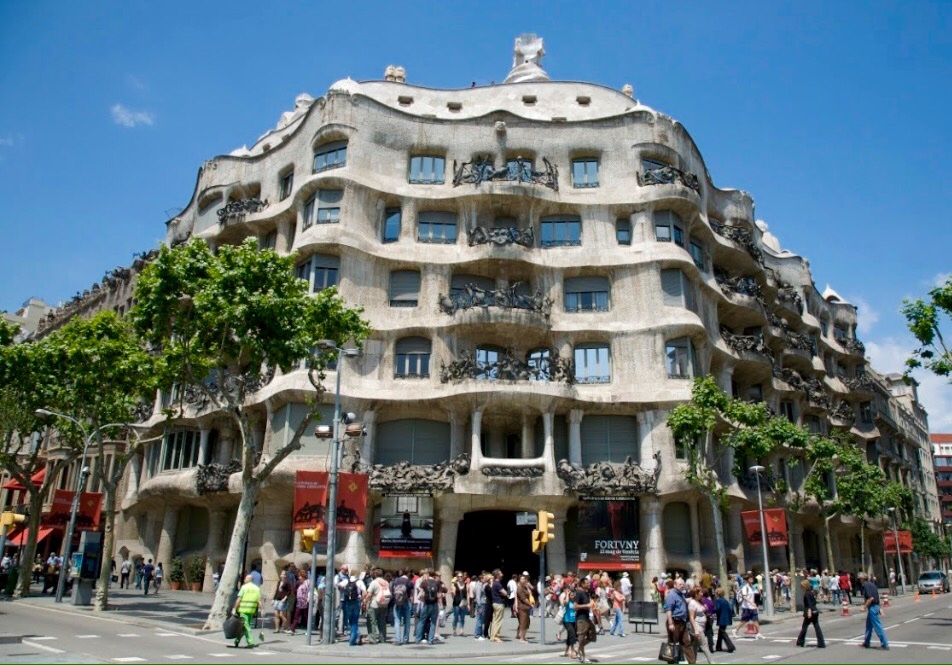

Louis Sullivan
Rightfully called the father of modern American architecture and the creator of the modern skyscraper, Louis Henri Sullivan was one of the first architects at his time to embrace the column-frame construction technique, which allowed taller buildings with larger windows to be erected. Under Dankmar Adler, he designed the The Auditorium Building in Chicago, Wainwright Building in St. Louis and Prudential Building in Buffalo, New York. He also designed the The Sullivan Center (formerly known as Carson, Pirie, Scott and Company Building) in Chicago, and the Krause Music Store in Chicago.


Frank Gehry
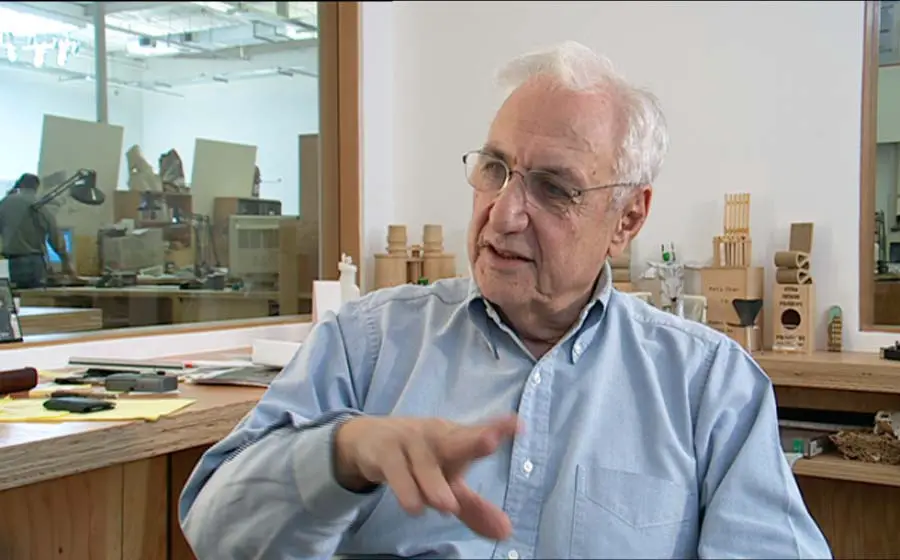
Frank Gehry holds the title of the most important architect of our age according to Vanity Fair, due to his amazing portfolio mostly in contemporary architecture. This includes the Walt Disney Concert Hall in Los Angeles, The Guggenheim Museum in Bilbao, Der Neue Zollhof in Düsseldorf and the Marqués de Riscal Vineyard Hotel in Elciego. He is an advocate of deconstructivism, which is a development of postmodern architecture characterized by ideas of fragmentation by manipulating the surfaces.

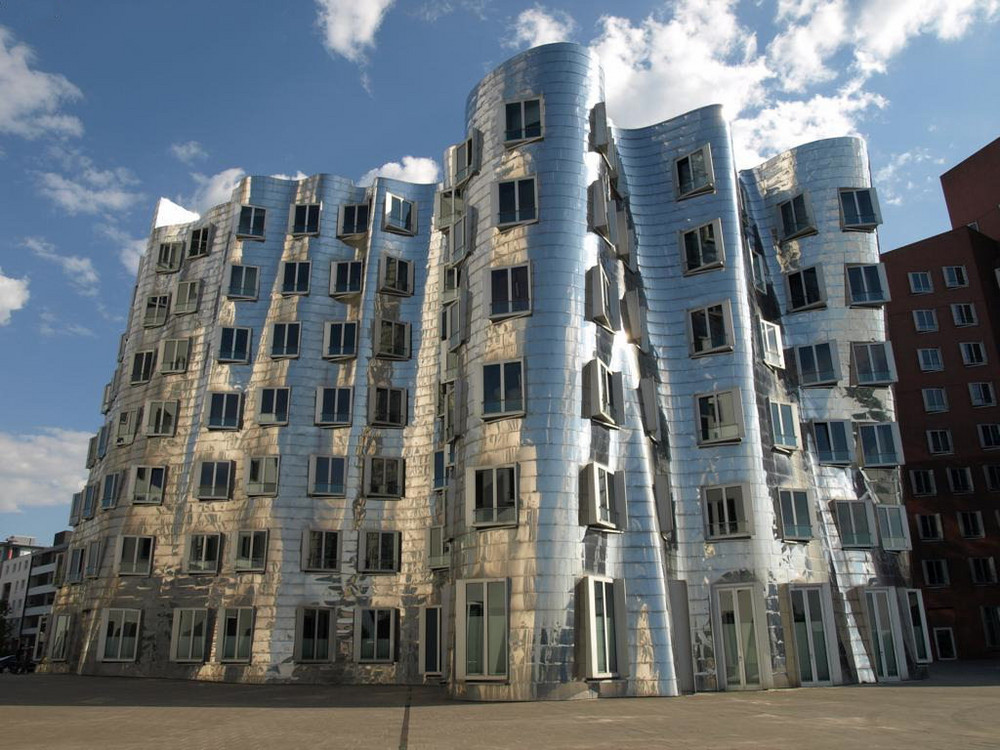

Ieoh Ming Pei

Considered one of the greatest masters of modern architecture, Ieoh Ming Pei is known for his large, abstract geometrical forms and for incorporating the traditional Chinese style in his work. He is the design force behind the JFK Airport, the El Paso Tower, the Museum of Islamic Art, the Kennedy library, the glass pyramid at the Louvre and the Rock and Roll Hall of Fame.



Alvar Aalto
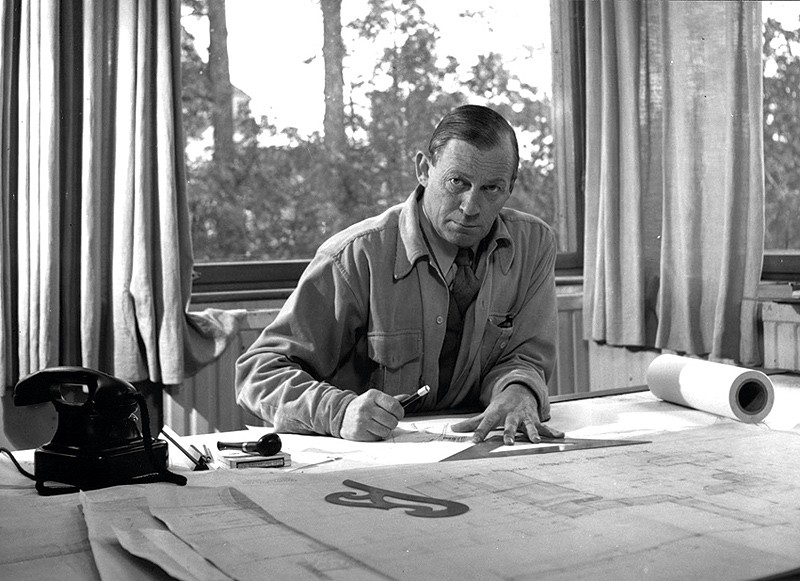
Alvar Aalto is one versatile architect with works ranging in no less than four architectural styles. He tried Nordic Classicism and Functionalism in his early career and experimented with Monumentalism in his last career stage. In his mid-career, he designed the Baker House of the MIT and a building in Helsinki’s University of Technology. His greatest projects were completed after his death, which includes the Finlandia Hall in Helsinki and the Aalto Theater Opera House in Essen.


Le Corbusier
Charles-Édouard Janneret hides through the pseudonym Le Corbusier. He is a pioneer of the international style of architecture, and is also a designer, urbanist, writer and painter. One of the most important works of Le Corbusier is the Villa Savoye in Paris, which was a milestone for modern architecture. He developed two styles, the German Bauhaus and the America’s International Style. Le Corbusier’s major buildings include Unité d’Habitation in Marseille, The National Museum of Western Art in Tokyo, Chapelle Notre Dame du Haut in Ronchamp and The Centre Le Corbusier in Zürich.



Santiago Calatrava

If there’s a list of the greatest architects of the last century, Santiago Calatrava will surely be there. He is also a civil engineer, who worked with bridges and train stations like the Puente del Alamillo in Seville. As an architect, he designed the Montjuic Communications Tower in Barcelona and the Allen Lambert Galleria. The second tallest residential building in Europe, the twisting tower in Malmö, Sweden, was also his work. Calatrava has a reputation for his ability to blend advanced engineering solutions with dramatic visual statements, in both bridges and buildings.


Norman Foster
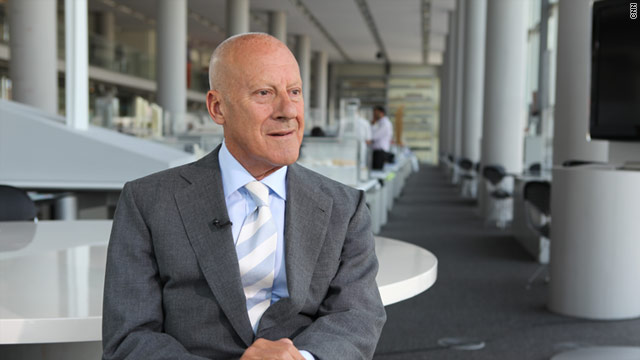
Norman Foster is best known as the British architect who changed the urban landscape through his modern office buildings made of steel and glass. His firm, the Foster and Partners, designed the famous Willis Building in Ipswich, which was a breakthrough landmark in his time. He had won awards and citations – 190 of them – and 50 national and international contests. His works include the Millennium Bridge in London, 30 St Mary Axe or the Gherkin in London, Hearst Tower in New York City, Wembley Stadium in London and Torre Caja in Madrid.
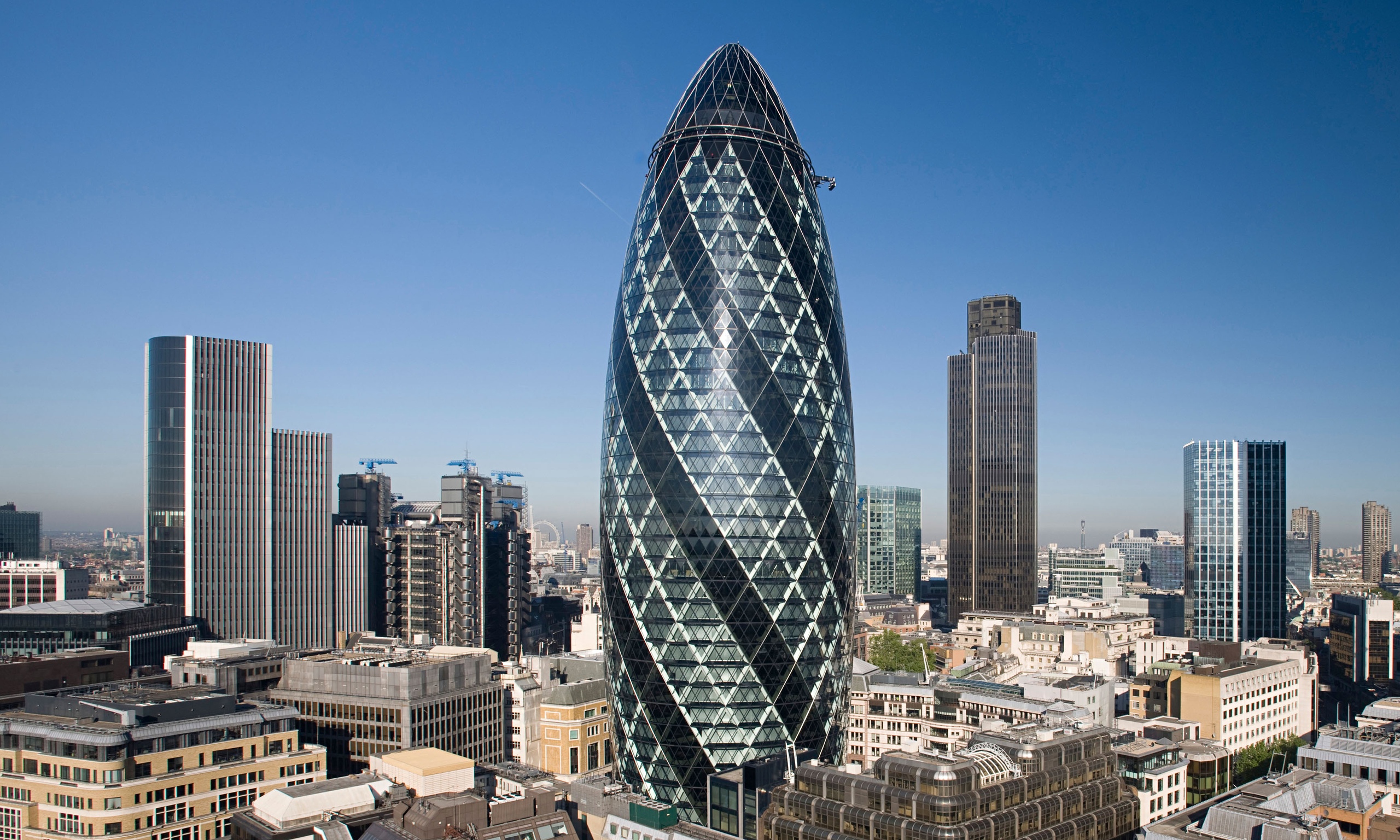

Louis Khan
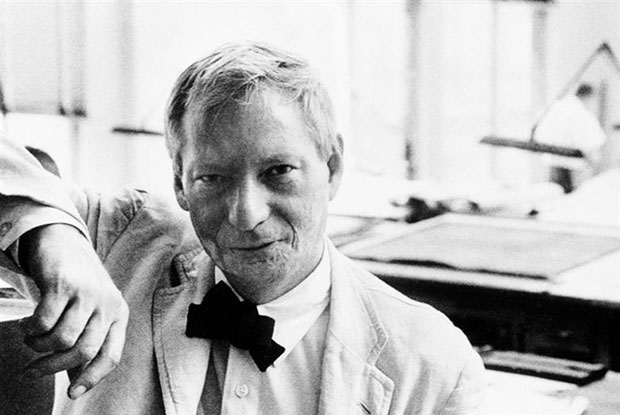
Known as one of the leading American architects of the 20th century, Louis Kahn is an Estonia-born architect who designed the Yale University Art Gallery, the Richards Medical Research Building for the University of Pennsylvania, the Salk Institute for Biological Studies in La Jolla, California, and a library for New Hampshire’s Phillips Exeter Academy. Considered one of his masterpieces was the Kimbell Art Museum in Fort Worth, Texas.
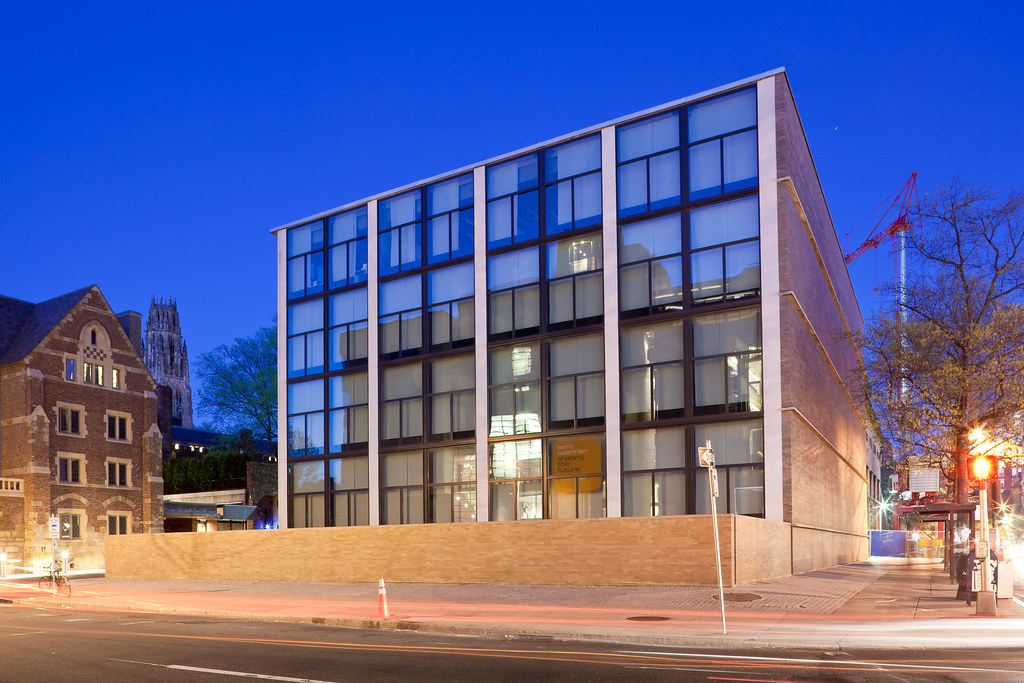
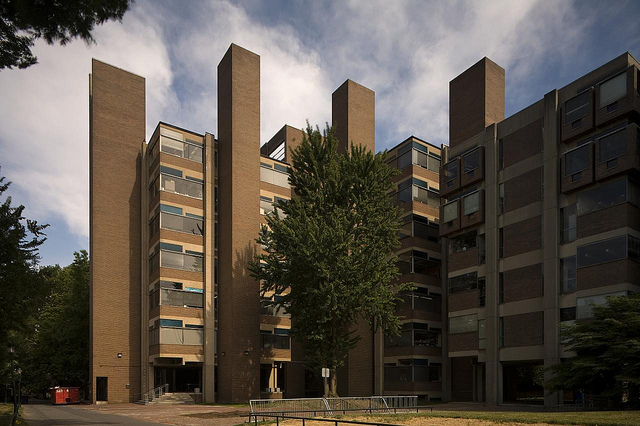
Zaha Hadid
/cdn.vox-cdn.com/uploads/chorus_image/image/47876983/zahapic-thumb.0.jpg)
Zaha Hadid holds the title of being the first woman to win a Pritzker Architecture Prize, often regarded as the Nobel Prize in architecture. Her approach to building and structures is deconstructivist. Among the projects she designed are the National Museum of the 21st Century Arts (or MAXXI), the Bridge Pavilion in Zaragoza, Bergisel Ski Jump in Innsbruck, Phaeno Science Center and the Opera House in Guangzhou.



Rem Koolhaas
Rem Koolhaas is considered to be the most influential architect and urban planner that Netherlands ever produced. He was also famous as a writer. In his portfolio are the Netherlands Dance Theatre in the Hague, the Central Library in Seattle, Casa da Mùsica in Porto, Museum of Art at the Seoul National University and China Central Television Headquarters in Beijing.

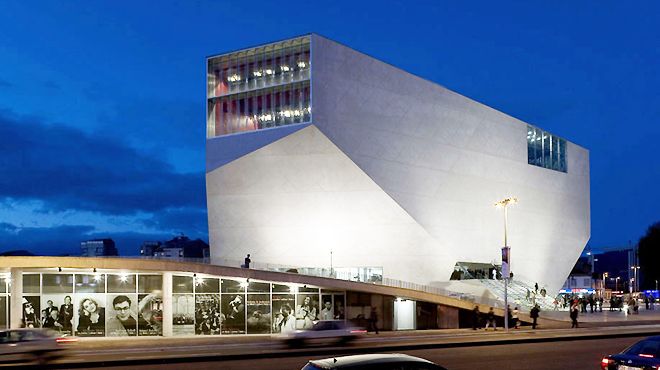
Frank Lloyd Wright

Frank Lloyd Wright was the chief assistant to architect Louis Sullivan right after college, but eventually he founded his own firm where he developed his own style known as the Prairie school. It advocates organic architecture, which was distinct as an American style. He designed designed about 1,000 structures, some 400 of which were built. His first design was the Hillside Home School.















